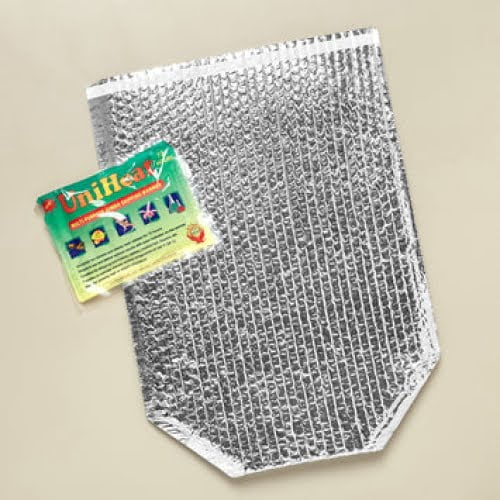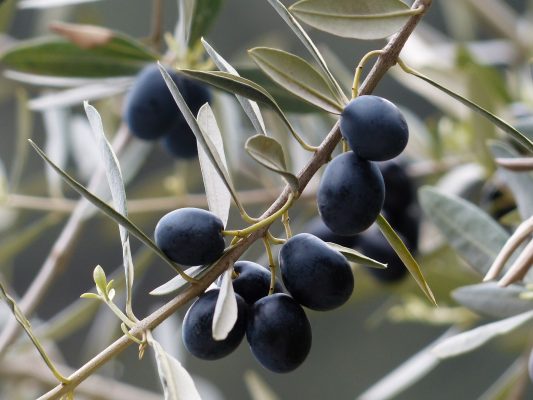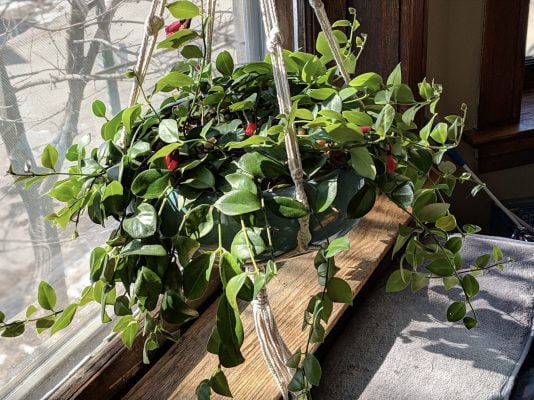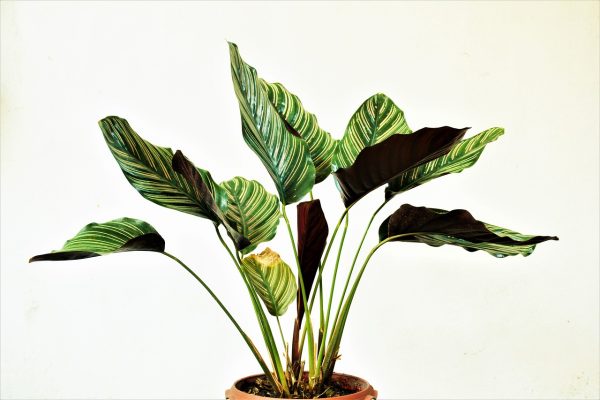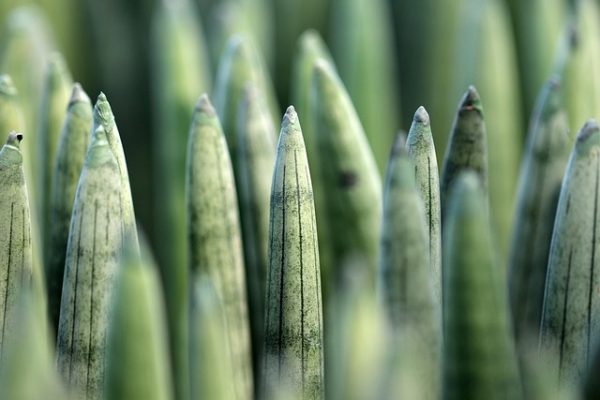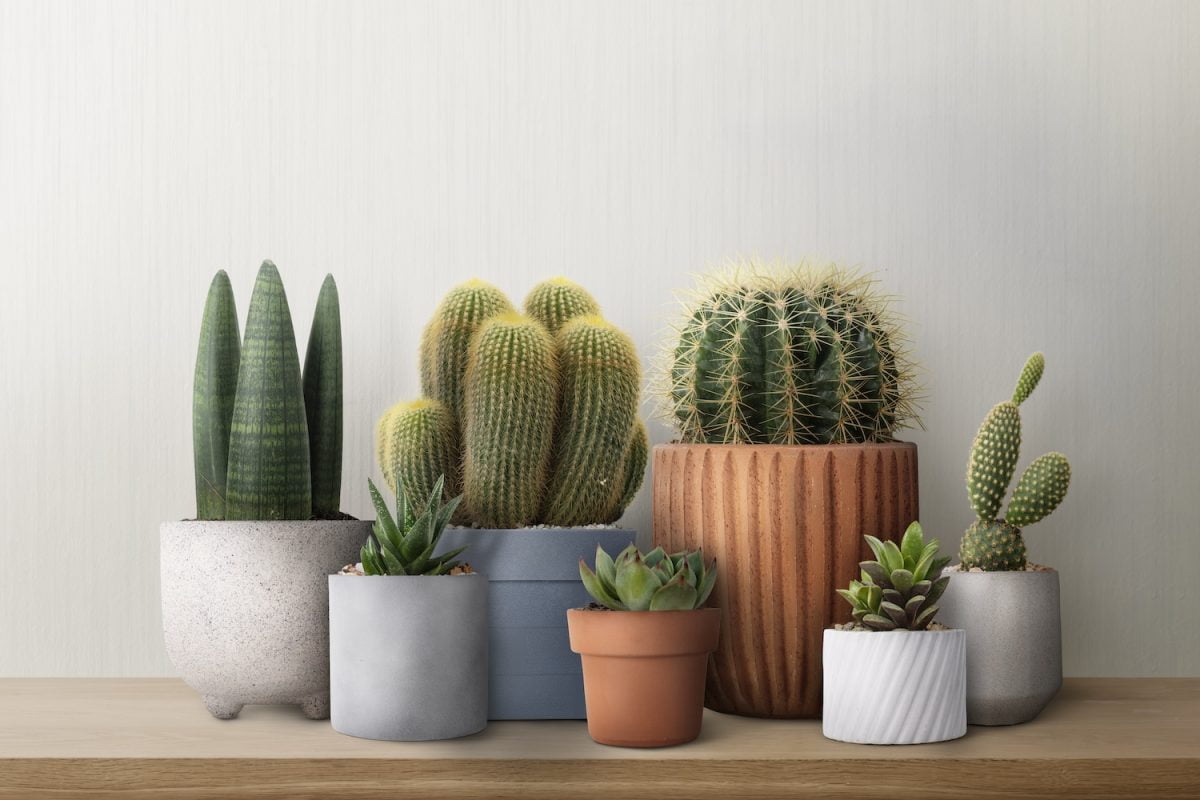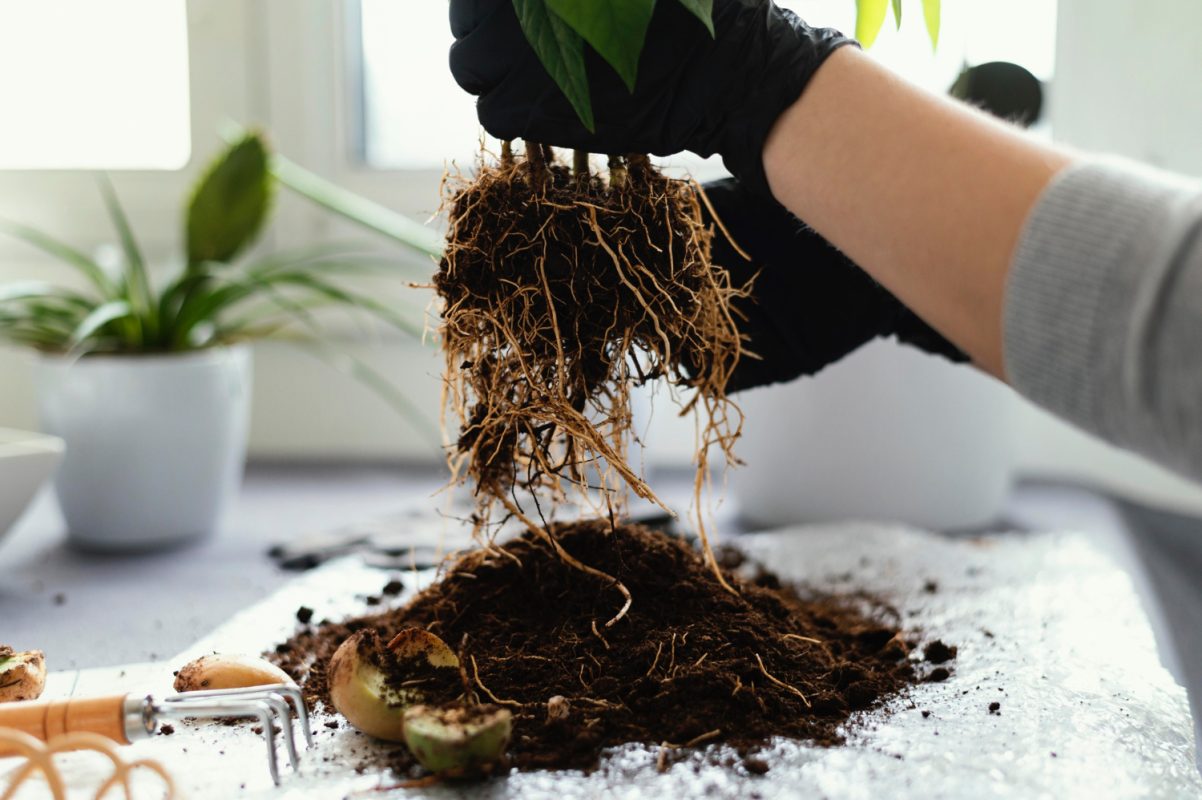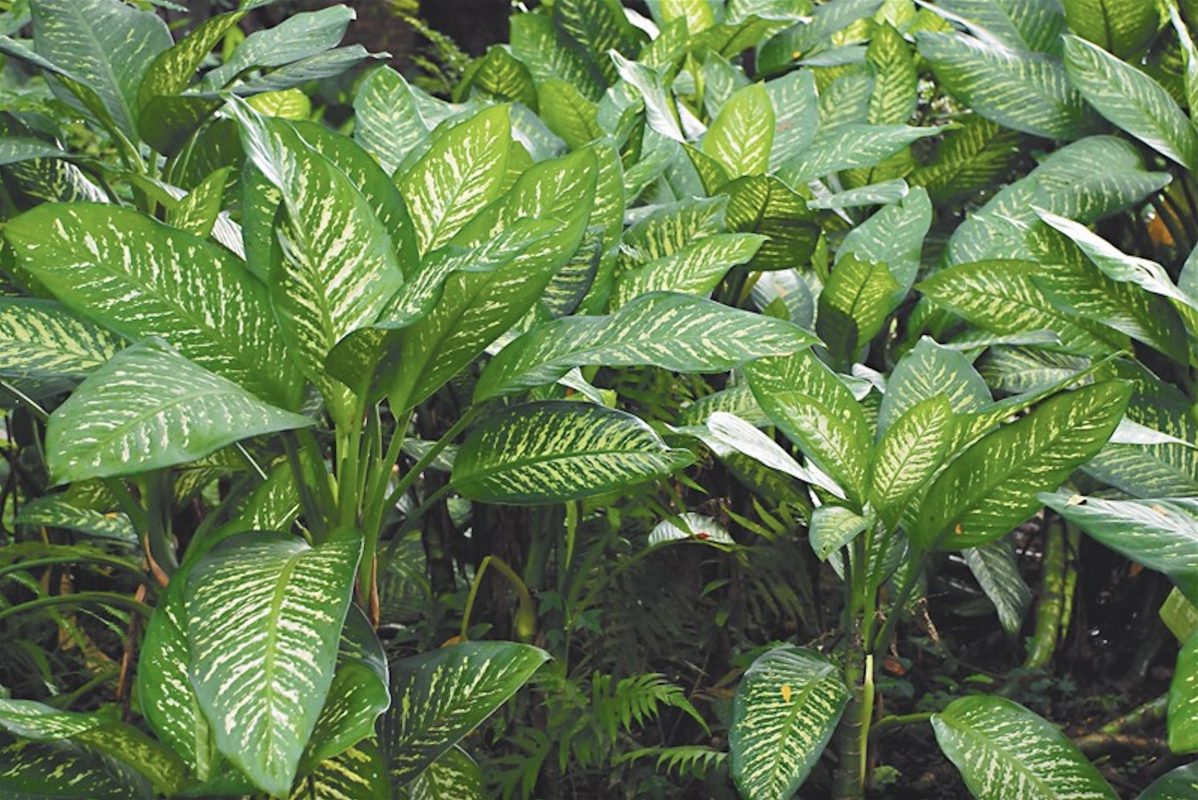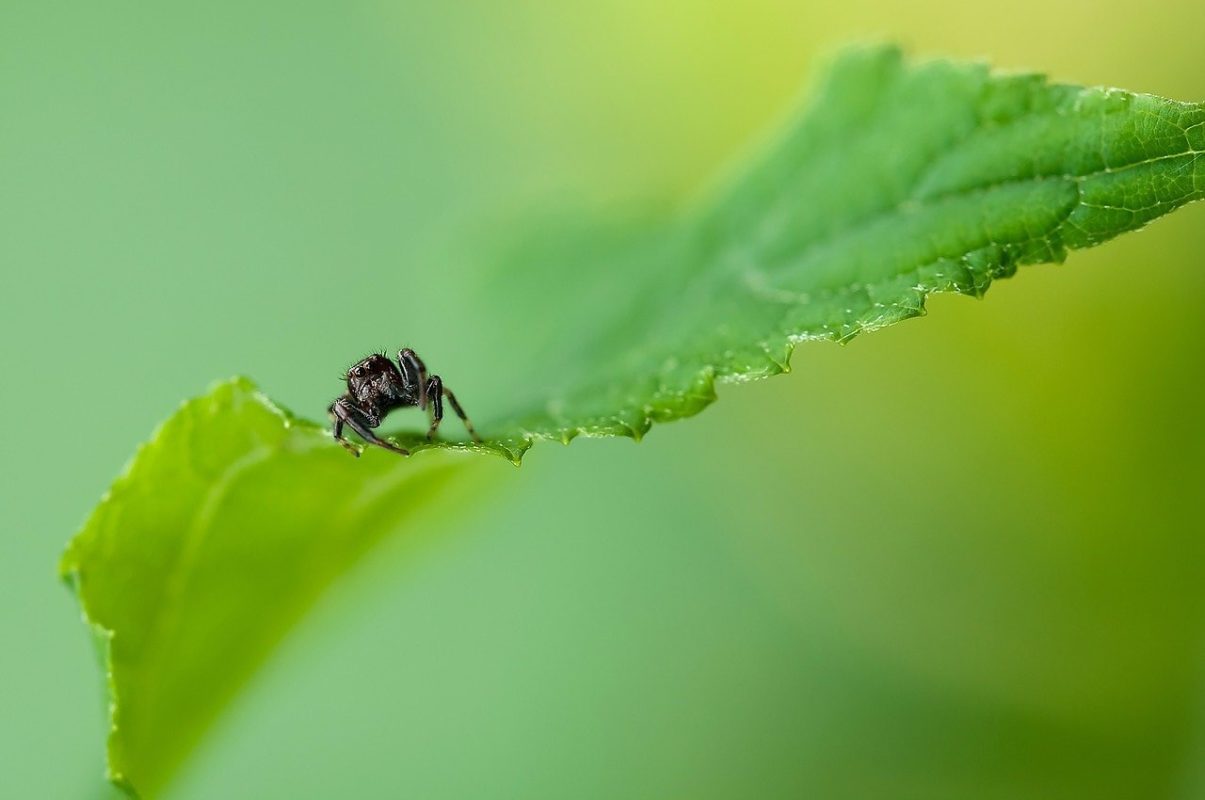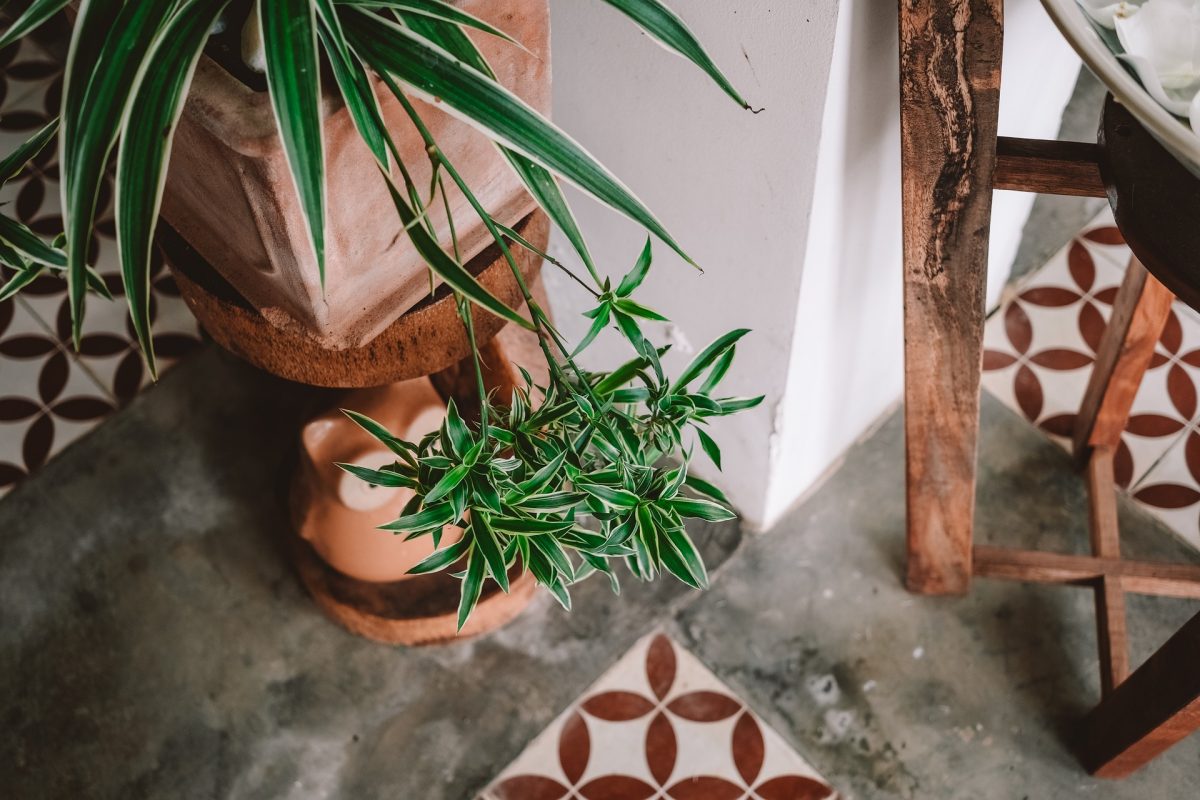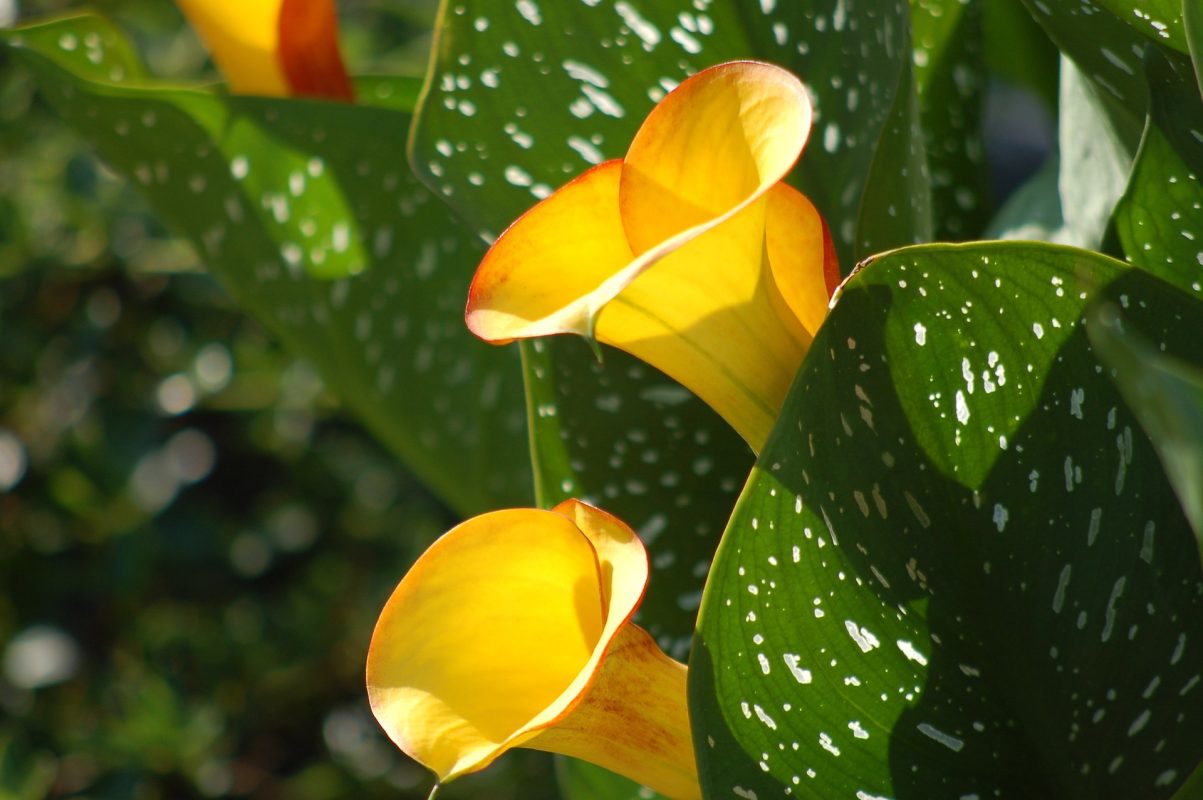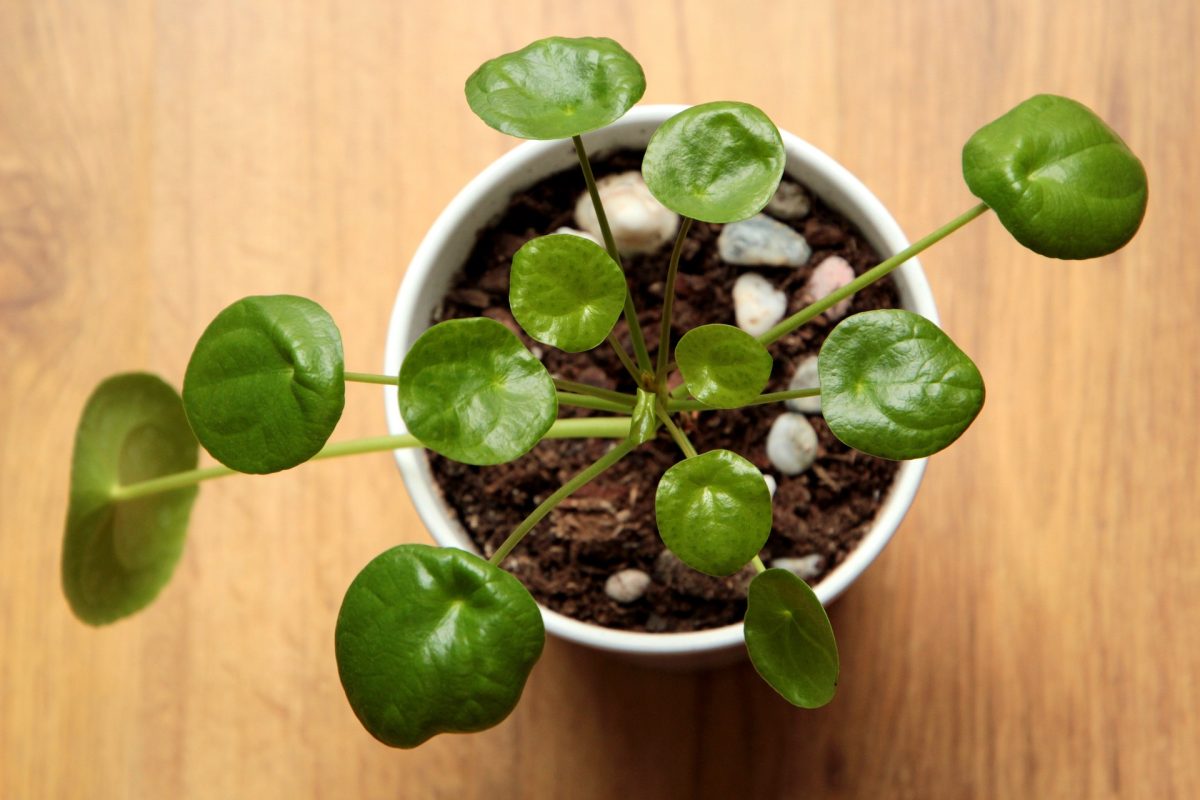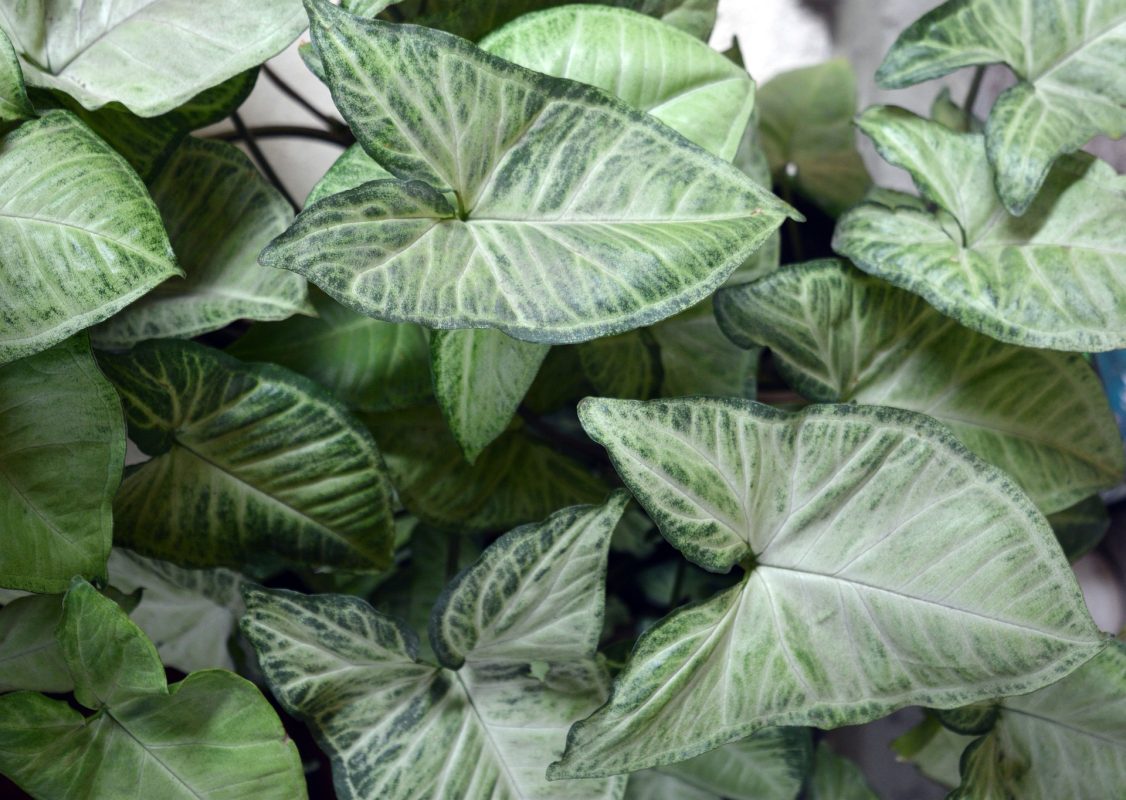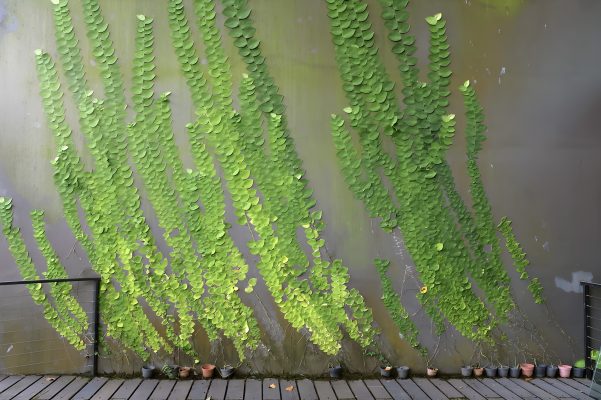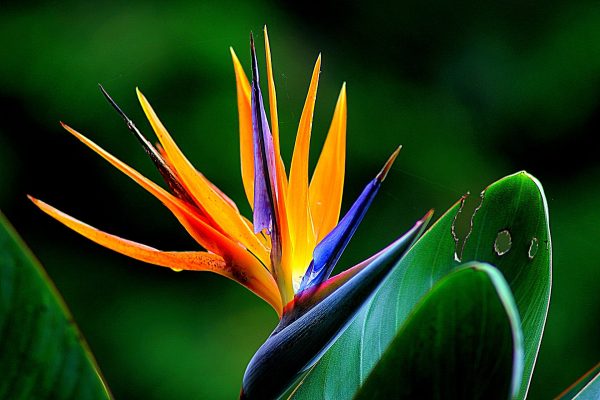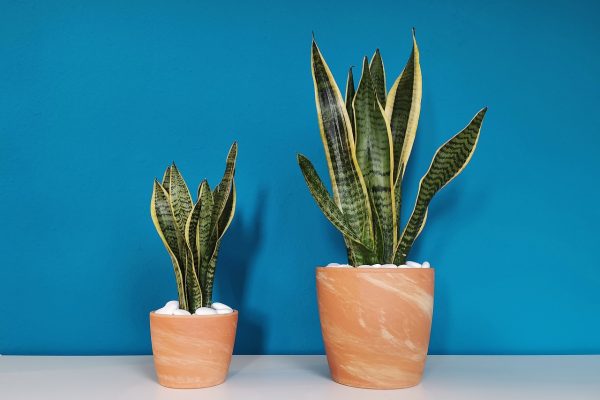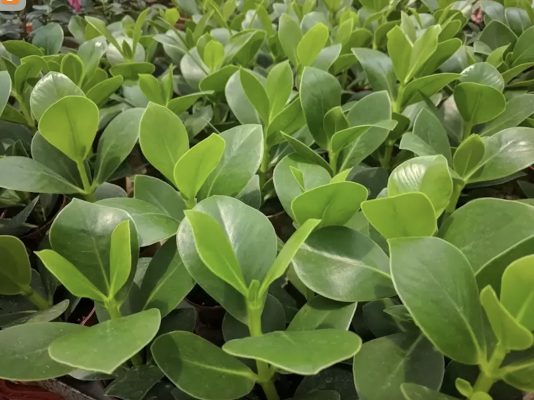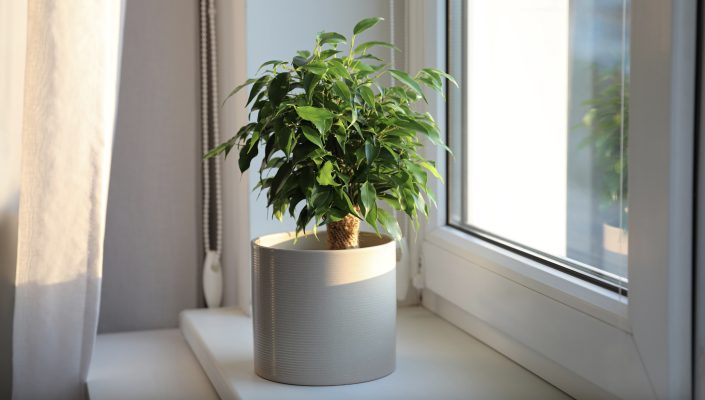The Olive Tree, an emblem of enduring beauty and a source of delectable fruits, graces gardens with its silvery foliage and ancient charm. This comprehensive care guide is your roadmap to cultivating the timeless elegance of the Olive Tree, guiding you through the steps to foster healthy growth, encourage bountiful harvests, and savor the Mediterranean allure in your outdoor or indoor oasis.
I. Plant Overview:
- Scientific Name: Olea europaea
- Common Names: Olive Tree
- Origin: Native to the Mediterranean region.
II. Light Requirements:
- Ideal Conditions: Full sunlight. Olive Trees thrive in bright, direct sunlight.
- Tolerance: Adaptable to lower light conditions but prefers ample sunlight.
III. Watering:
- Frequency: Allow the soil to dry between waterings. Water deeply and less frequently.
- Water Quality: Use well-drained soil. Avoid waterlogged conditions.
- Humidity: Olive Trees are well-suited to average humidity levels.
IV. Soil:
- Type: Well-draining, sandy soil. A mix for Mediterranean plants or cacti is suitable.
- pH Level: Slightly acidic to neutral (pH 6.0-7.5).
V. Temperature and Humidity:
- Temperature: Thrives in warm to hot climates. Protect from frost and extreme cold.
- Humidity: Adaptable to various humidity levels, typical of Mediterranean climates.
VI. Fertilization:
- Schedule: Feed sparingly in spring and early summer.
- Fertilizer: Use a balanced, slow-release fertilizer. Avoid excessive nitrogen.
VII. Pruning and Maintenance:
- Pruning: Trim to shape and control size. Remove dead or crowded branches.
- Cleaning: Wipe leaves with a damp cloth to remove dust. Prune to enhance air circulation.
VIII. Repotting:
- Frequency: Repot every 2-3 years or when the Olive Tree outgrows its container.
- Procedure: Gently lift the tree, inspect roots, and repot in fresh soil. Choose a container with drainage holes.
IX. Common Issues and Solutions:
- Yellowing Leaves: Overwatering or poor drainage. Adjust watering habits and ensure well-drained soil.
- Pests: Watch for scale or aphids. Treat with insecticidal soap or neem oil.
- Fruit Drop: Natural shedding is common. Ensure consistent watering and fertilization during fruit development.
X. Harvesting Olives:
- Harvest olives when they reach full size and start changing color.
- Soak olives in water to remove bitterness.
- Store harvested olives in a brine solution for preservation.
Cultivating an Olive Tree is a journey into Mediterranean elegance and culinary delights. This guide empowers you to care for the Olive Tree, ensuring it thrives and graces your space with enduring beauty and the promise of a bountiful harvest. Happy gardening!
our recommendation
you may also want to know



